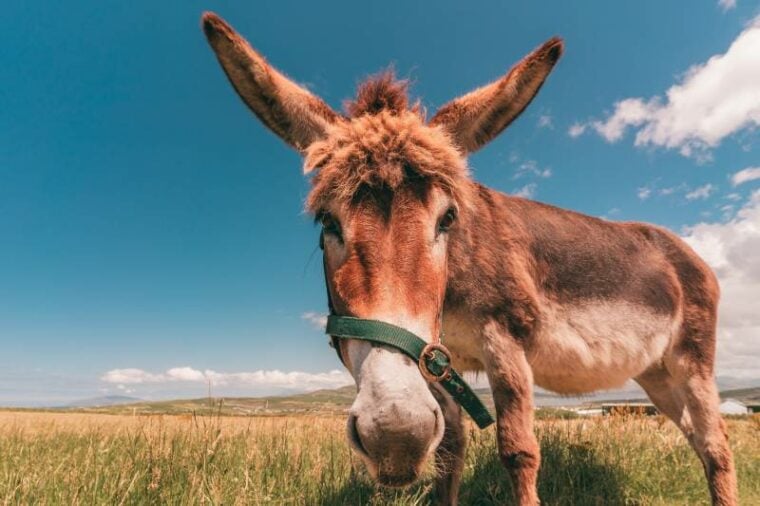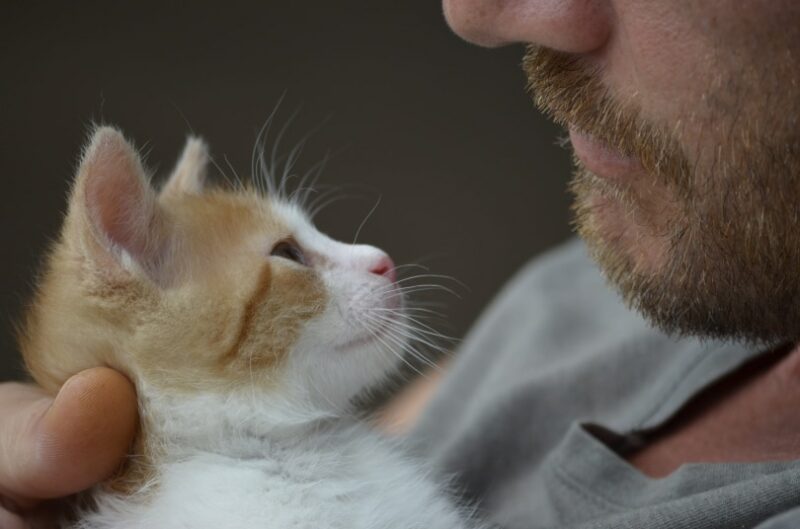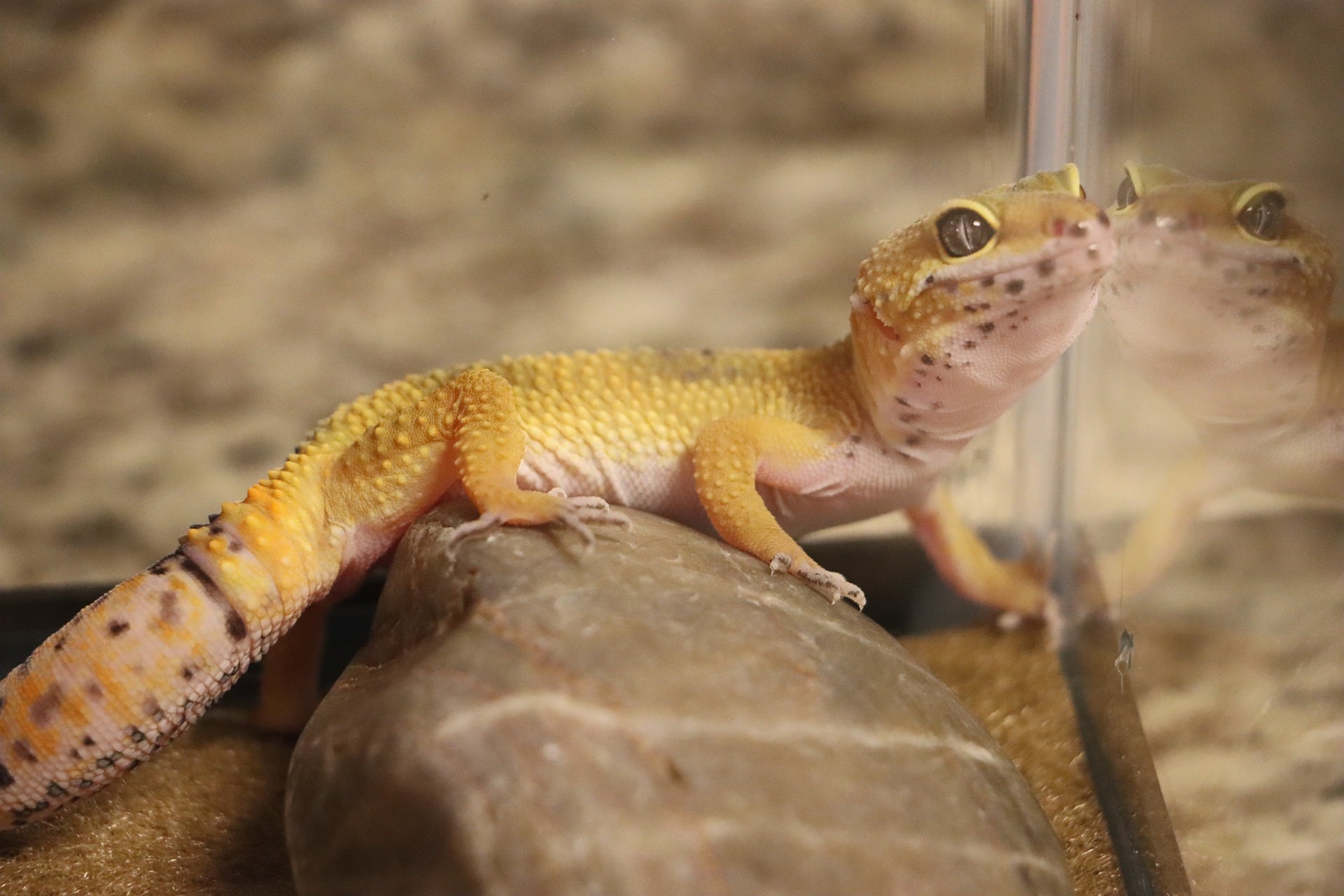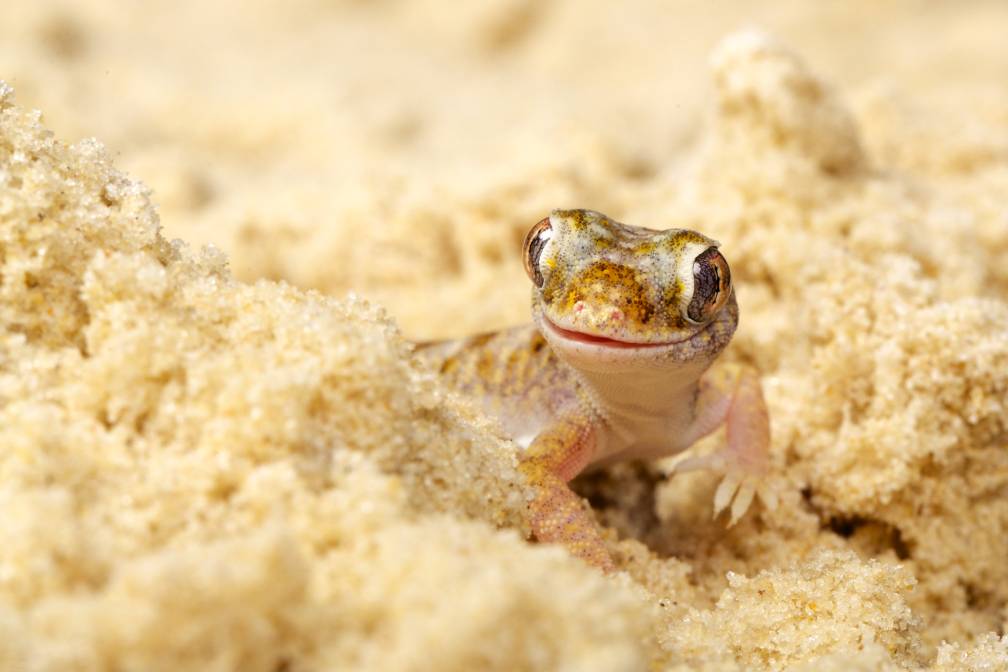
The English and Irish donkey is a term primarily used in Australia and New Zealand to refer to donkeys that were originally imported from Ireland. Some people refer to them as “English”, some as “Irish”, and some as “Miniatures”. However, they are not to be confused with “North American Miniature donkeys” or “Miniature Mediterranean” donkeys.
In this article, we’ll give you a brief history of the English and Irish donkey, and how their journey around the globe unfolded. But first, let’s take a look at their characteristics.

English/Irish Donkey Characteristics
English and Irish donkeys are small but strong. Tiny but mighty, you might say. They have excellent temperaments, making them ideal pets that are great with children. They usually measure no more than 11 hands—44 inches—in height, and they come in a wide variety of colors.
Today, English and Irish donkeys are bred as pets, donkey riding for children, and for use with disabled children.

Where do English/Irish Donkeys Originate From?
Although the origins of domestic donkeys go back 6,000 to 7,000 years ago in North Africa and Egypt, these work animals were only brought into the British Isles by the Romans during their invasion in AD 43. It’s possible that donkeys existed in some form in the British Isles for many years after that, but this wasn’t really documented until after the 1550s.
Cromwellian Conquest of Ireland
During the Cromwellian conquest of Ireland in the mid-17th century, large numbers of donkeys were brought over to Ireland from England to bear the burdens of war. After the war, the introduction of donkeys meant that they could be used in Ireland for agriculture and general labor.

World War I
As the world became less settled from the beginning of the 19th century up to World War I, horses were increasingly being used for war. This meant that donkeys were being used to pick up the work usually undertaken by horses. By 1897, there were 247,000 donkeys in Ireland. By the 1960s the use of donkeys for work had dramatically reduced. The animals were more often seen in the summer giving rides to children on beaches.
Donkeys were no longer used for work, but these wonderful animals started to be appreciated in other ways, as demonstrated by their resurgence. They were no longer used as work beasts, but as companions, pets, and show entry animals.
English/Irish Donkeys in Australia
In the 1970s, the first English/Irish donkeys were imported into Australia from Britain. One of the first arrivals—1973 or 1974—is believed to be a donkey named Novington Benjamin. Some breeders refer to these donkeys as English donkeys, while others refer to them as Irish donkeys, but they are basically the same breed—which is why they’re generally grouped together and known as both names.

English/Irish Donkey Population Today
In 2021, there were forty-two breeding-age registered female donkeys registered in Australia and fourteen registered jacks. It’s difficult to give an accurate number since there’s no official census, but estimated figures from 2017 calculated a population of less than 5,000 donkeys in all of Ireland.

Conclusion
Although sometimes referred to as the English donkey, sometimes the Irish donkey, and other times the English/Irish donkey, these animals are not native to the British Isles. They are descendants of donkeys that were brought over by the Romans. In both Australia and New Zealand, English/Irish donkeys are very sought after because of their excellent temperaments making them great pets.
Featured Image Credit: Three Sixty Images, Shutterstock






